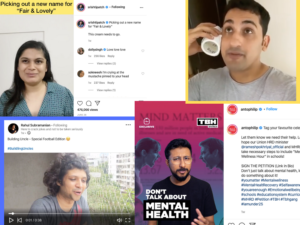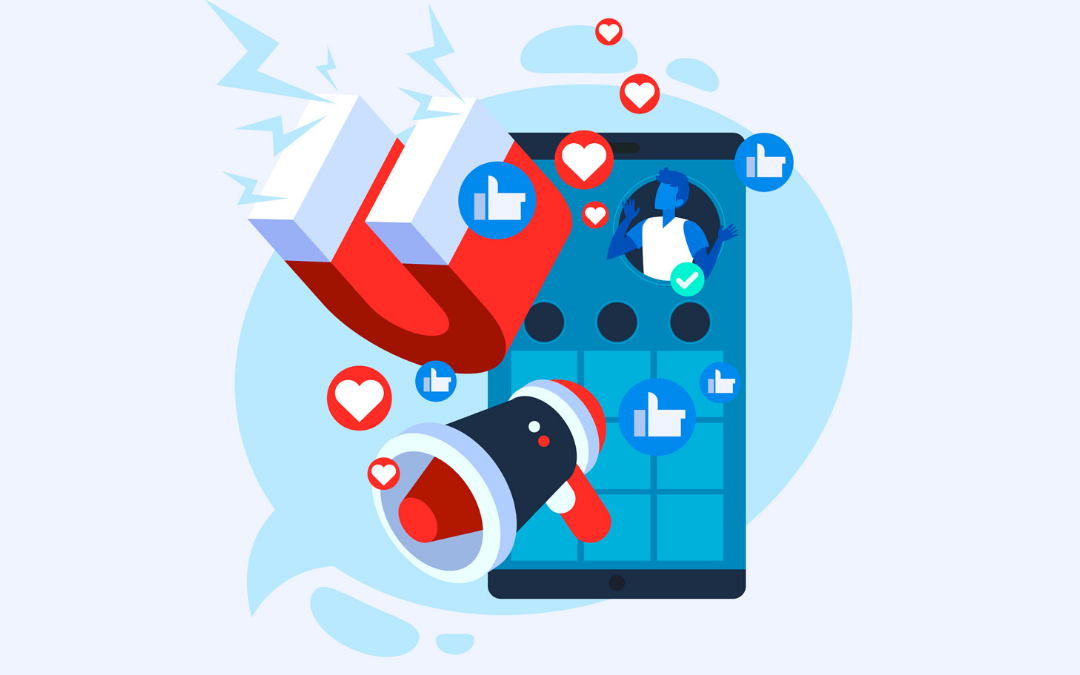If you’re an influencer, you’re probably experiencing something like Aron Ralston when he was stuck between a rock and a hard place (Read: 127 Hours.)
Influencer marketing rose to unprecedented levels of popularity in 2019. A 2019 Talkwalker X Social Samosa survey found that 75% of marketers ranked influencer marketing as a key strategic priority and 72% were looking to increase budgets in 2020. But this was in the BC (Before Corona), what’s the 411 now that the pandemic has overturned all businesses and sales forecasts?
Ad agencies like us didn’t see much of a slump in online promotion budgets as it was perhaps the only bridge to the consumer during the initial lockdown. During Lockdown 1 (Ok, so we had 4 lockdowns. No need to laugh), we ran a successful online influencer campaign for DKMS, an international bone marrow donation centre that led to 1.2 million impressions & a 17.53% engagement rate. But, there’s always a but – Over the past few weeks, we’ve seen a mounting situation.
No Longer Influential
Facebook’s #StopHateforProfit boycott and the TikTok ban are leaving influencers to create content minus beneficiary brands or platforms. Brands are standing by the ancient adage – “Like parent, like child”, and pausing promotions on Instagram too as a part of the #StopHateForProfit campaign. At the time of writing this, 312 brands had signed up to publicly boycott the social media giant. Instagram recognised the influencer network’s clout on its platform and launched a series of tools to ease content consumption and revenue-sharing earlier this year. It’s left to see how Facebook plans to tackle the growing demand for content regulation.
India’s TikTok ban particularly stings because it took away a platform from influencers who didn’t fit into the mould of a typical, urban, filtered influencer. On TikTok, the popular accounts belonged to a variety of citizens who captured themselves living their aspirations on the small(est) screens. It was easy to pick the app out of a line up for the diversity of content creators.

Srishti Dixit, Danish Sait, Rahul Subramanian, and Anto Philip (Clockwise)
Creating during COVID19
However, there is a growing niche of content creators who are curating relatable videos & stories such as Rahul Subramanian, Srishti Dixit and Bengaluru’s own Danish Sait & Anto Philip. We’re seeing hyperlocal influencers create slice-of-life content, sponsored content for mom-and-pop businesses such as local eateries, mask makers or simply raising #awareness.
With government regulations and consumer purchase patterns shifting constantly, it’s even more difficult to predict when we can see the glorious age of influencers return – but it will return surely. No alternative avenues allow for brands to place their products in authentic settings and inspire customers. Influencer marketing also means tapping into followers who may not traditionally be the target and collaborate with complementary categories.

0 Comments